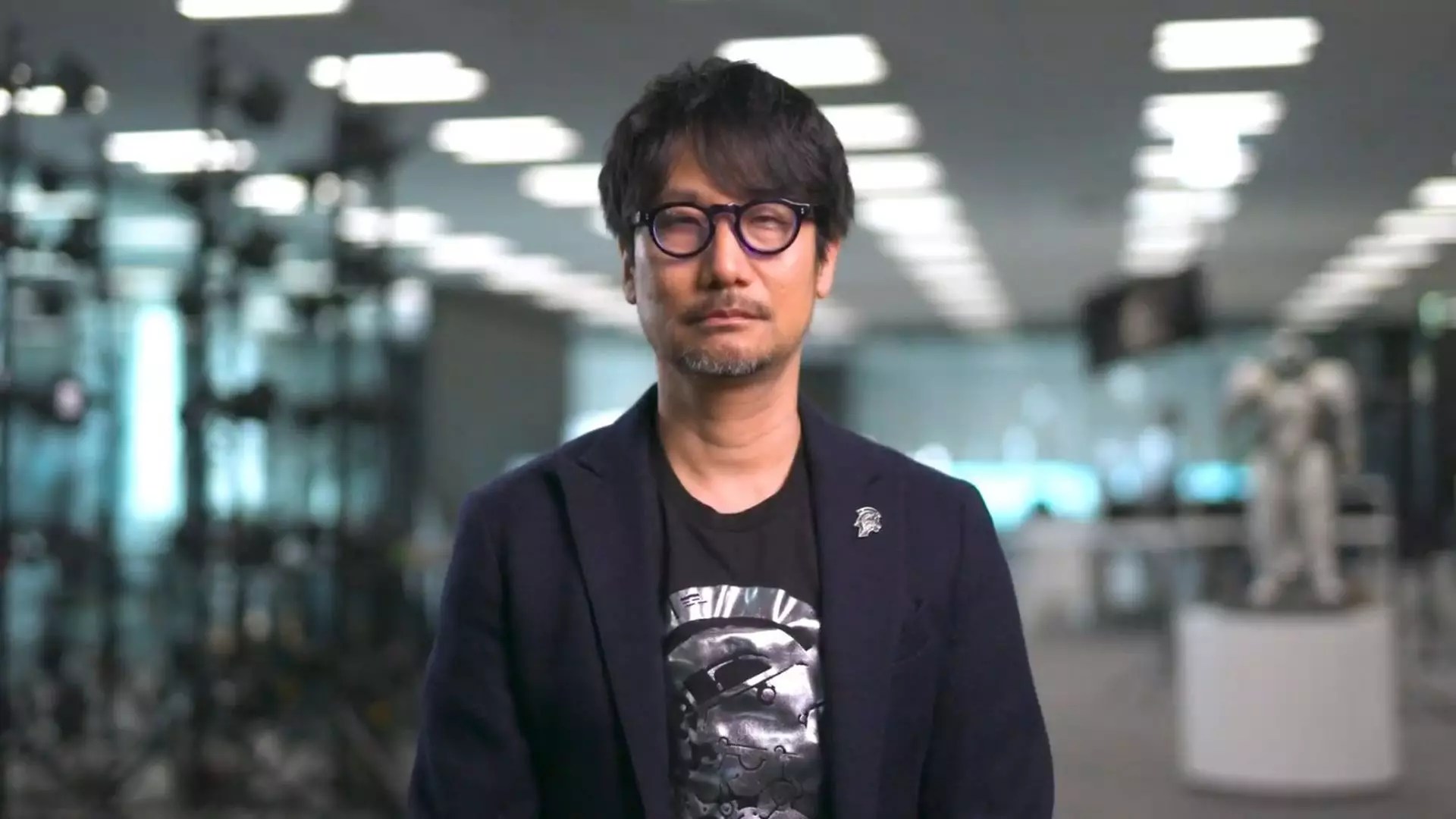The gaming landscape has recently witnessed the highly anticipated release of *Death Stranding 2*, a sequel that has already stirred conversations and generated intrigue among fans since its launch yesterday. While a select group of players embraced the new landscapes of Mexico and Australia, visionary creator Hideo Kojima was meanwhile immersed in the spectacle of New Japan Pro Wrestling. It’s a fascinating juxtaposition, revealing how Kojima’s creative lens operates within a broader tapestry of entertainment. The game touted a commendable Metacritic score, standing tall as the sixth best-rated game of 2025 by critics and history, despite the oddity of the Zelda ports overshadowing its ranking.
Kojima has always embraced complexity in storytelling, and as he encounters the waves of positivity surrounding *Death Stranding 2*, he expresses concern. With his notable acknowledgment that overwhelming acclaim could pose a “problem,” it’s intriguing to consider what this means for his creative process. It raises vital questions about how much external validation influences a creator’s vision, especially when co-composer Woodkid hints that player enthusiasm led to notable changes in the game script.
A Pro Wrestling Intermission: A Cultural Extravaganza
In the midst of gameplay launch excitement, Kojima chose to find solace at a uniquely thrilling event: a “Fluorescent Lighttubes Glass Board Barbed Wire Death Match.” This became an unusual yet fitting backdrop for his reflections on creativity. Attending New Japan Pro Wrestling’s Death Pain Invitational in Tokyo, he witnessed El Desperado defend his title against the ferocious Jun Kasai, gaining insights that could seamlessly weave into his own narrative fabric.
The contradictions in Kojima’s engagement with both the uplifting acclaim directed at *Death Stranding 2* and the harsh realities of professional wrestling represent the diverse influences shaping modern art. His admiration for Kasai—celebrated as an “entertainment artist”—illustrates Kojima’s acknowledgment of dedication and brutality in physical storytelling. The symbiosis of wrestling and game design becomes apparent when considering the complexities and narratives each medium brings forth.
The Future of Kojima: Gaming, Wrestling, and Beyond
The passion bubbling beneath the surface hints at a profound connection between Kojima’s interests and future creative endeavors. The prospect of him developing a wrestling-focused game is enticing and filled with potential. He could leverage the intricate storytelling involved in both gaming and wrestling to create an epic experience that resonates with audiences on multiple levels.
The elements present in professional wrestling—from intense character arcs to dramatic narratives—could find a brilliant home in the virtual world. With Kojima’s penchant for pushing boundaries and crafting compelling stories, wrestling could merely be the beginning. Imagining John Cena stepping into one of Kojima’s narratives brings a smile; it suggests a melding of cultures that could resonate deeply with fans.
Ultimately, the intersection of Kojima’s projects and diverse interests implies a future ripe with unexplored possibilities. As he continues to expand his artistic boundaries in the response to a world eager for innovative directions, he reminds us that creativity knows no confines. Whether through games, wrestling, or uncharted territories, Hideo Kojima is an artist destined to keep us guessing.


Leave a Reply